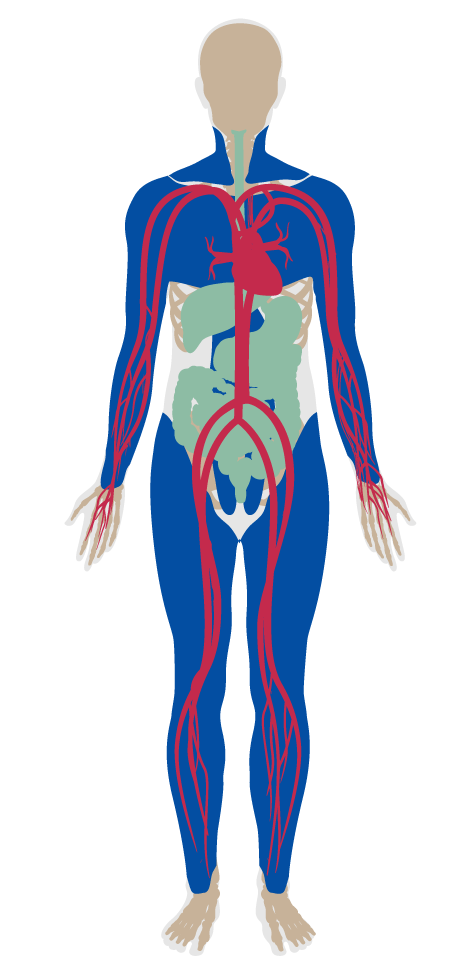Activity incentive programs
65. Activity incentive programs
To promote active lifestyles through the provision of physical activity incentive programs.
The health benefits of physical activity are numerous, from reduced risk of chronic diseases such as cancer, cardiovascular disease and diabetes, to better mental health and increased quality of life. In addition, relatively small amounts of activity can lead to significant benefits: just 2.5 hours of moderate-intensity physical activity per week can reduce overall mortality risk by nearly 20%. Research shows that even small incentives can significantly influence individual decisions and behaviors towards physical activity. However, the effectiveness of varying types of incentives (e.g., monetary, non-monetary), their distribution schedule, their magnitude, and their relationship to specific types of activity engagement remain largely unknown. In addition, implementation of physical activity incentives for different populations and geographic regions adds an additional layer of complexity in prescribing and implementing effective incentive programs. Therefore, projects play a fundamental role in defining and creating incentive programs that are meaningful to their project population and aim to help develop and maintain regular exercise and physical activity behaviors.
At least two of the following are implemented for all full-time employees:
An incentive program in elementary and middle schools is developed with parental support for participation in challenges targeting time spent on at least one of the following:

Applicability Matrix
| Core & Shell | New & Existing Buildings | New & Existing Interiors | |
|---|---|---|---|
| Part 1: Activity Incentive Programs | - | P | P |
| Commercial Kitchen | Education | Multifamily Residential | Restaurant | Retail | |
|---|---|---|---|---|---|
| Part 1: Activity Incentive Programs | - | P | - | P | P |
| Part 2: Sedentary Behavior Reduction | - | P | - | - | - |
Verification Methods Matrix
| Letters of Assurance | Annotated Documents | On-Site Checks | |
|---|---|---|---|
| Part 1: Activity Incentive Programs | Policy Document | ||
| Part 2: Sedentary Behavior Reduction | Policy Document |
| 65.1.b |
Certain Oxford health plans allow for reimbursement of a portion of the gym membership fee for each 6-month period wherein the employee meets a 50-visit minimum. |
| 65.1.a |
IRC Section 132(f) on qualified transportation fringe allows employers to offer employees the opportunity to set aside a portion of their salary to pay for certain transportation expenses. |
| 65.2.c |
The Task Force recommends interventions that reduce recreational screen time for children 13 years and younger, noting that family-based social support with electronic monitoring targeting time spent on activies such as videogame use was highly effective. |
| 65.2.a |
The Task Force recommends interventions that reduce recreational screen time for children 13 years and younger. Recreational screen time can include the use of computers or cell phones for watching TV content, not related to school or work. |
| 65.2.b |
The Task Force recommends interventions that reduce recreational screen time for children 13 years and younger. Recreational screen time can include the use of computers or cell phones for watching TV content, not related to school or work. |
| 65.2.d |
The Task Force recommends interventions that reduce recreational screen time for children 13 years and younger. Recreational, sedentary screen time includes screen time that is neither school-related nor work-related. |
